The rise in carbon emissions has triggered climate change globally, which increases the need for sustainable energy. Solar energy is clean, cost-effective, and renewable energy with less carbon emission. In this blog we will discuss the need for solar energy, statistical reports on solar energy in the world and India, and the difference between passive and active energy systems.
The world aims to reduce its dependency on fossil fuels as it is the major contributor to carbon emissions triggering climate change. Solar Energy is renewable, affordable, and, clean energy that emits less harmful emissions. The cost of solar panels has been reduced in the past decade, making it cost-effective and the technology is flourishing rapidly. According to the International Energy Agency (IEA), solar energy is the largest source of power generation.
In 2023, the renewable energy capacity boosted by 50%, and Solar PV generate three-quarters of the total energy. It is expected to grow over 7300 GW within the next 4 years from 2024 (2023-2028) Solar PV and wind energy have overtaken coal to be the largest source of electricity production.

India has shown incredible growth in the field of renewable energy. It has shown a significant growth in installed solar energy capacity of 81.81 GW in March 2024, 30 times increase in the past 9 years. It may become the world’s third-largest solar energy market. By 2028 it may show remarkable growth as per the latest source by IEA.

Active vs. Passive Solar Energy Systems
The two ways to harness solar energy are Passive and active solar energy systems. The passive solar system is a structure that is designed to absorb the sunlight directly from the sun and utilize its energy while the active solar system needs a medium like a collector or a device to store the sunlight and convert it into a usable form.
What is a Passive Solar Energy System?
A passive Solar Energy System is one of the ways to harness solar energy, it depends on the infrastructure of the building or places where one wants to utilize the solar energy. It doesn’t depend on any external mechanism. It absorbs the energy directly and uses it for heating or cooling purposes.
Pros of Passive Solar Energy System
- It’s environment friendly as it has no use of fossil fuel
- It is cost-effective as it does not require external sources for energy production.
- It has no complex machine or moving parts, passive solar systems require minimal maintenance.
Cons of Passive Energy System
- We have less control over the temperature in a passive energy system
- It is more effective on sunny days but less effective in cloudy climates.
- It depends on the pattern and design of the building.
What is an Active Solar Energy System?
Active Solar Energy System uses a medium like a collector or a machine to store the sunlight and convert it to usable form. Solar photovoltaic (PV)uses solar panels that absorb the sunlight and convert it to generate electricity.
Pros of Active Solar Energy Systems
- It offers a wider range of applications such as for heating purposes and even electricity generation.
- It can be controlled over the collected and distributed energy through pumps, fans, and control panels.
- It can be effective in any climate as it can store energy to utilize even during non-sunshine hours.
Cons of Active Solar Energy Systems
- It is expensive as it requires components like pumps, fans, control panels etc to install
- The moving parts and electronics require regular maintenance for optimal performance.
- It is more complex than a passive solar system as it requires professional installation and expertise for proper functioning.
| Feature | Passive Solar Energy Systems | Active Solar Energy Systems |
|---|---|---|
| How it works | Uses building design to capture and distribute sunlight directly | Uses collectors, pumps, and controls to convert sunlight into heat or electricity |
| Applications | Space heating, increased daylight | Space heating, water heating, pool heating, electricity generation |
| Cost | Low upfront cost | Higher upfront cost |
| Maintenance | Minimal | Regular maintenance required |
| Climate Dependence | More dependent on sunny climates | Less climate-dependent |
| Control | Limited control | Precise control over collected and distributed energy |
Passive Vs Active: Which One You Should Use for Your Home & Why?
Both the systems have pros and cons. Which system is better for a home depends on several factors like location, design of a building, Budget and energy needs.
- if you stay in a sunny climate and have a building well-structured for a passive solar system (south-facing windows, thermal mass). then it would help if you opted for passive.
- if you prioritise features like solar water heating, and electricity generation, or want to control energy use. Then it would help if you opted for active. It requires some machines and regular maintenance.
Conclusion
In this blog, we discussed the rising importance of solar energy as an alternative to fossil fuels. We have shown the statistical data on renewable energy worldwide and in India to understand its growth. Moreover, we compared the two major solar harness energies i.e., passive and active solar energy systems and highlighted their advantage and disadvantages.
- Passive & Active: Considering both systems together is a powerful strategy and is only possible if a suitable location and new construction allow for integrated design. Utilizing energy from both systems will reduce the electricity cost from conventional systems and boost comfort.
- But sometimes it may not be the case as the location and design of the building may not balance. either of the factors may not be suitable for both systems. For example, buildings with limited south-facing space or consistently cloudy climates may not benefit as much from passive solar elements.







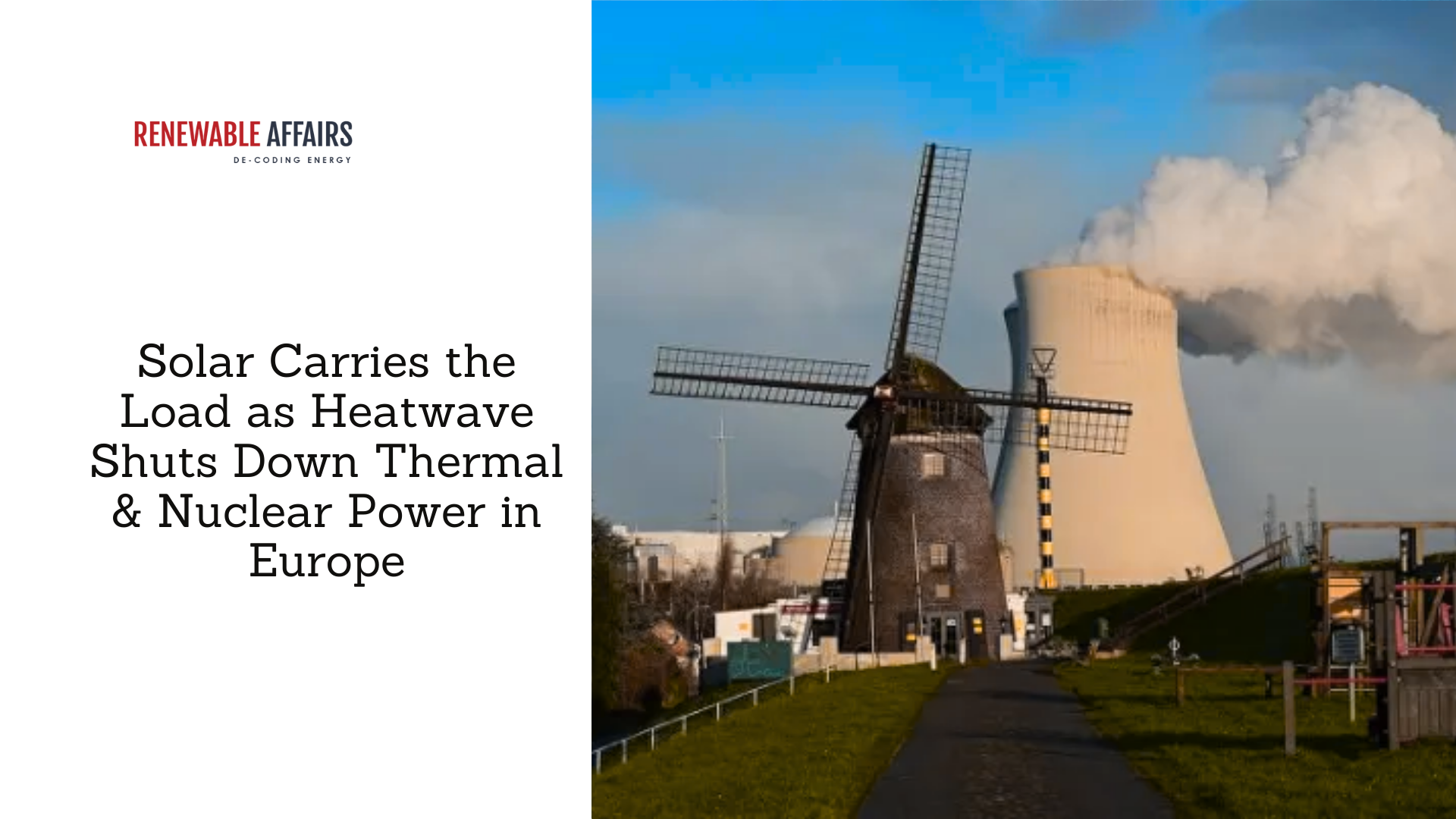














































































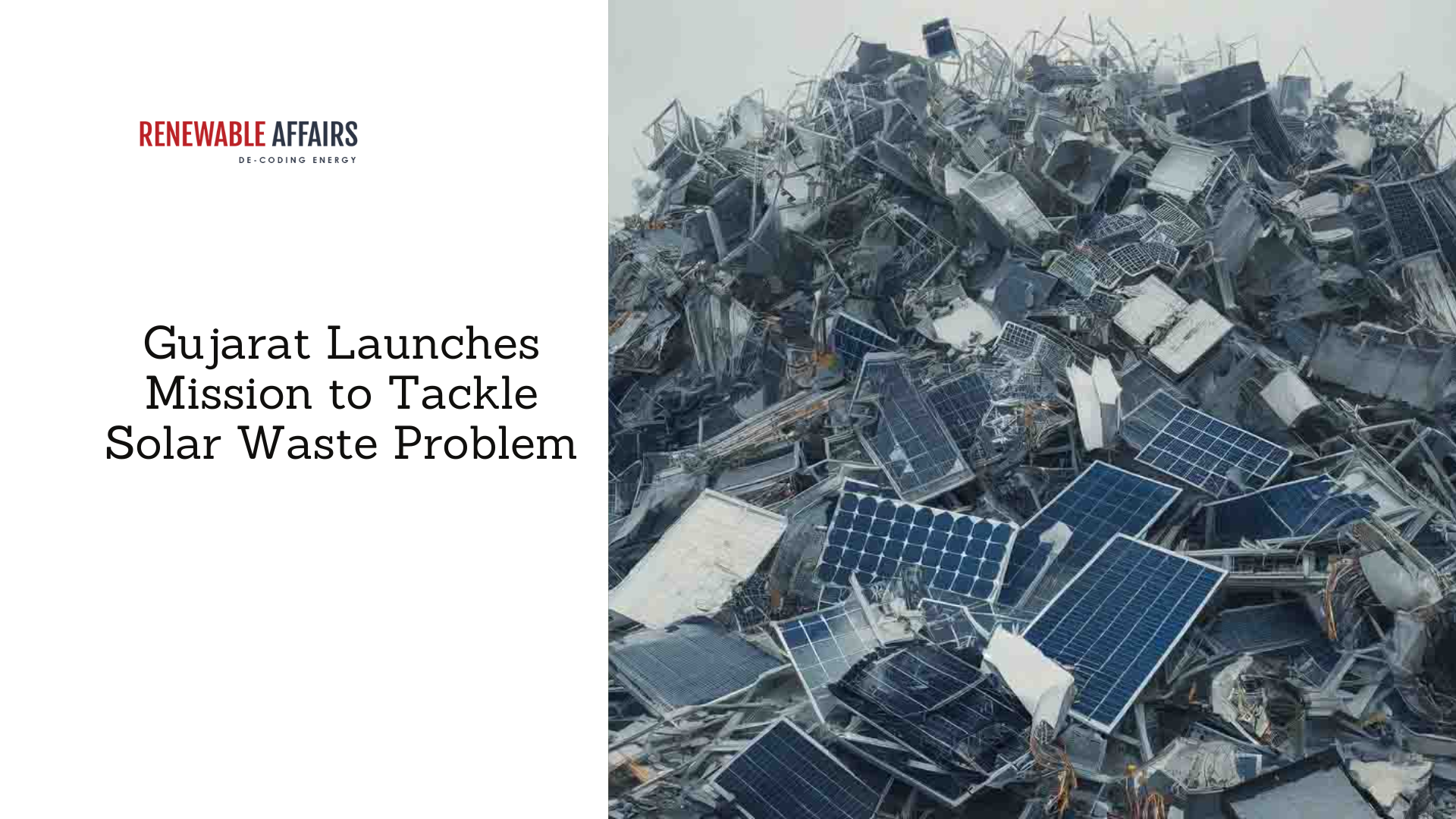
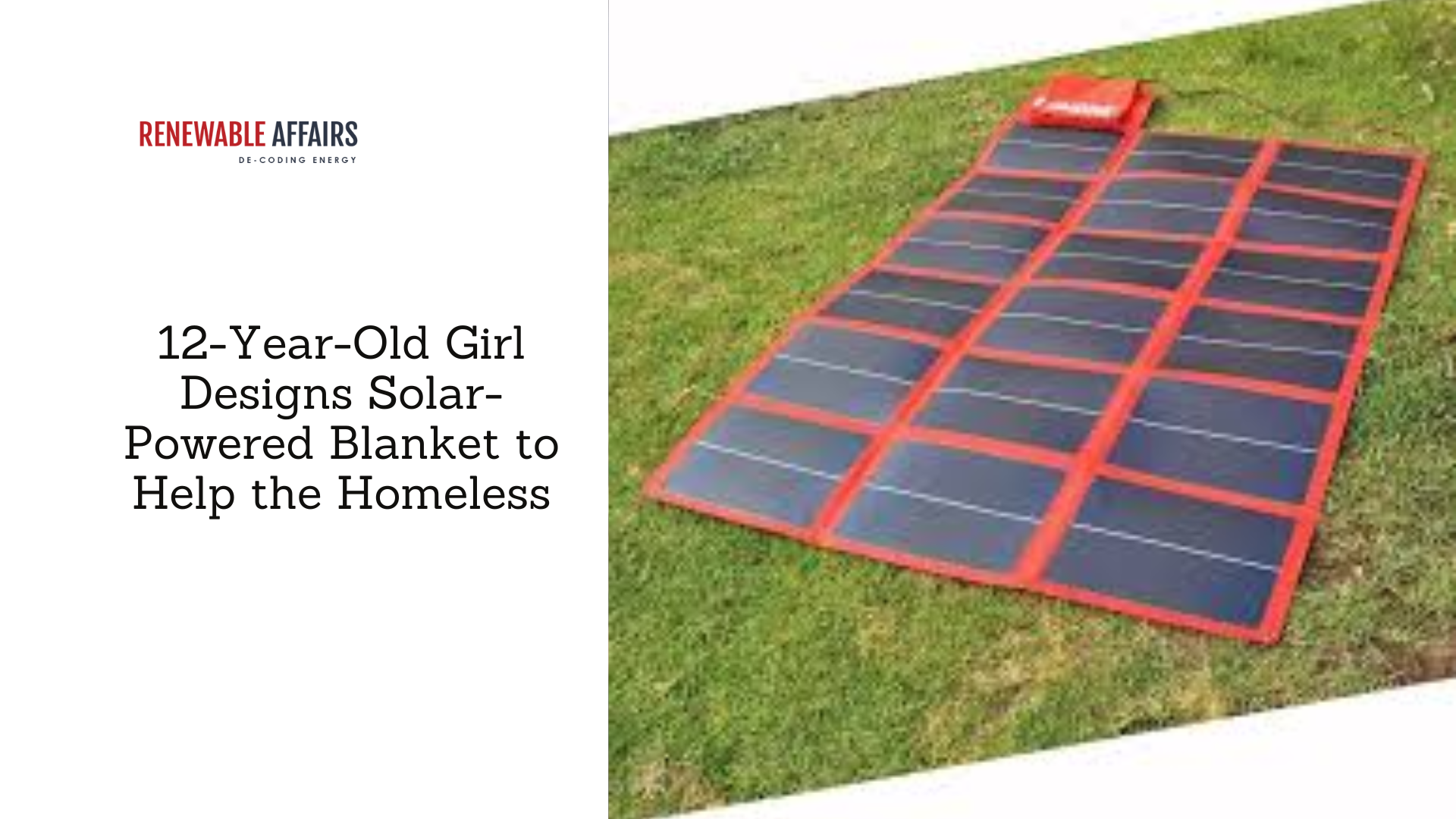



















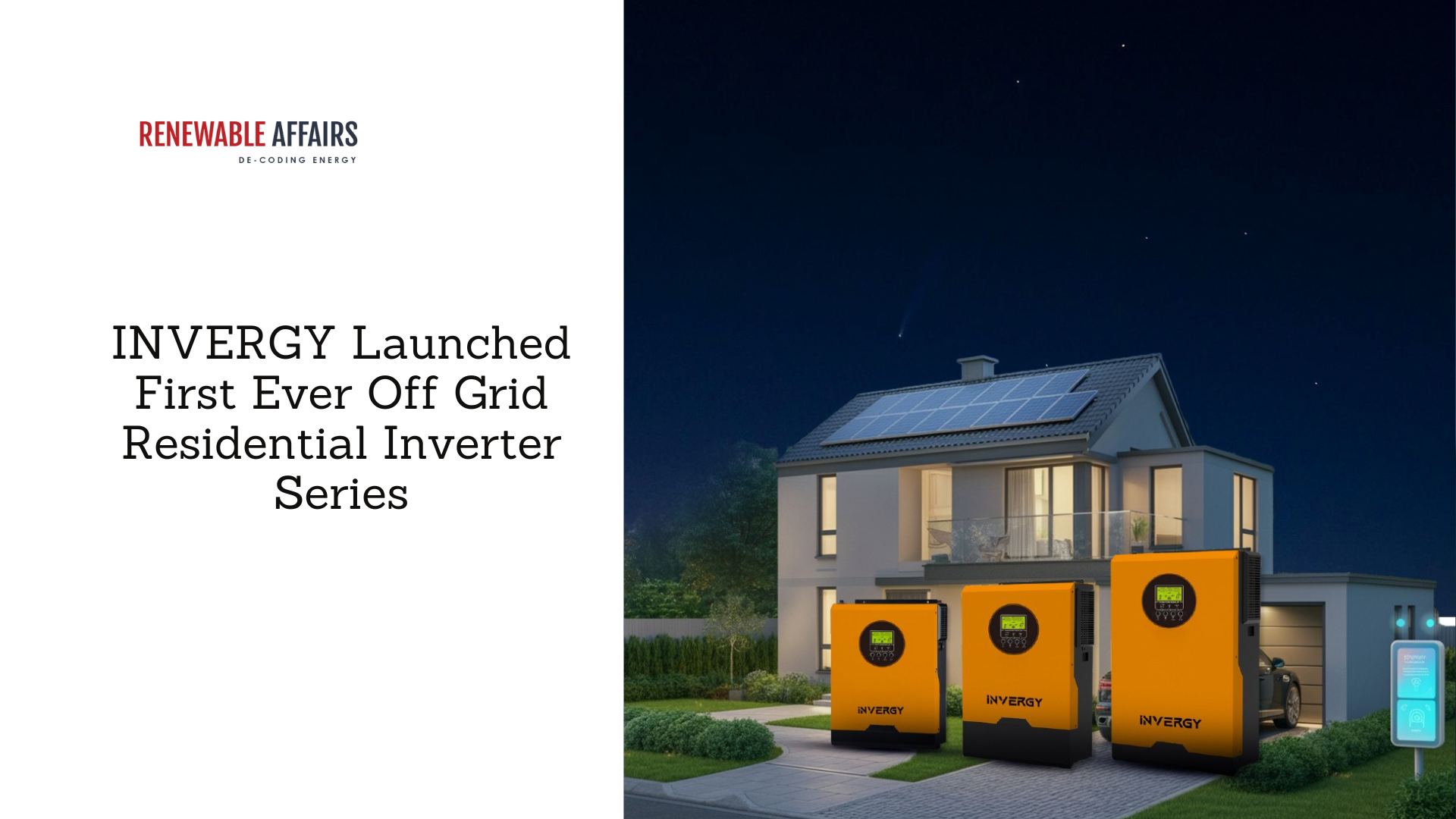

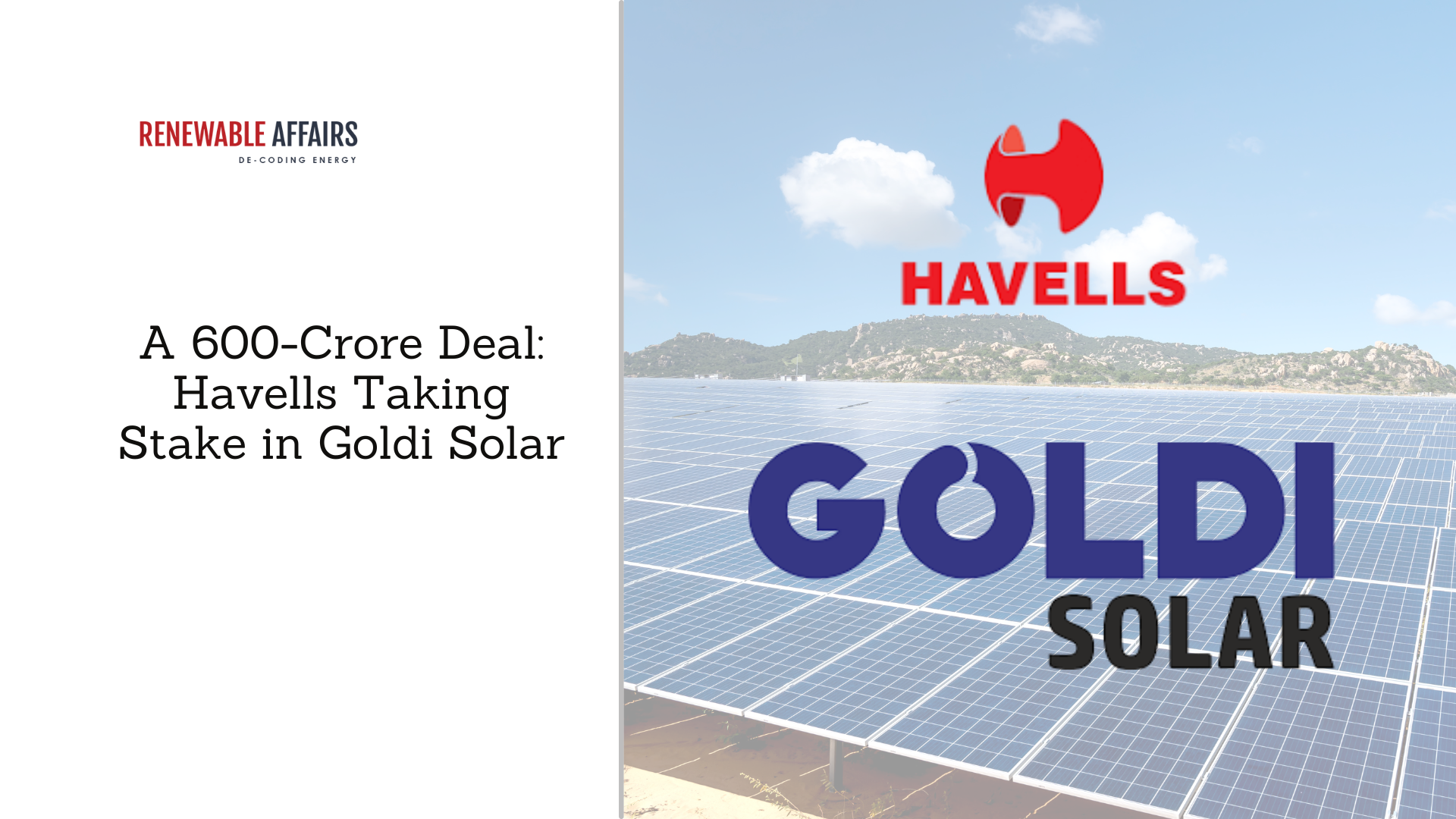







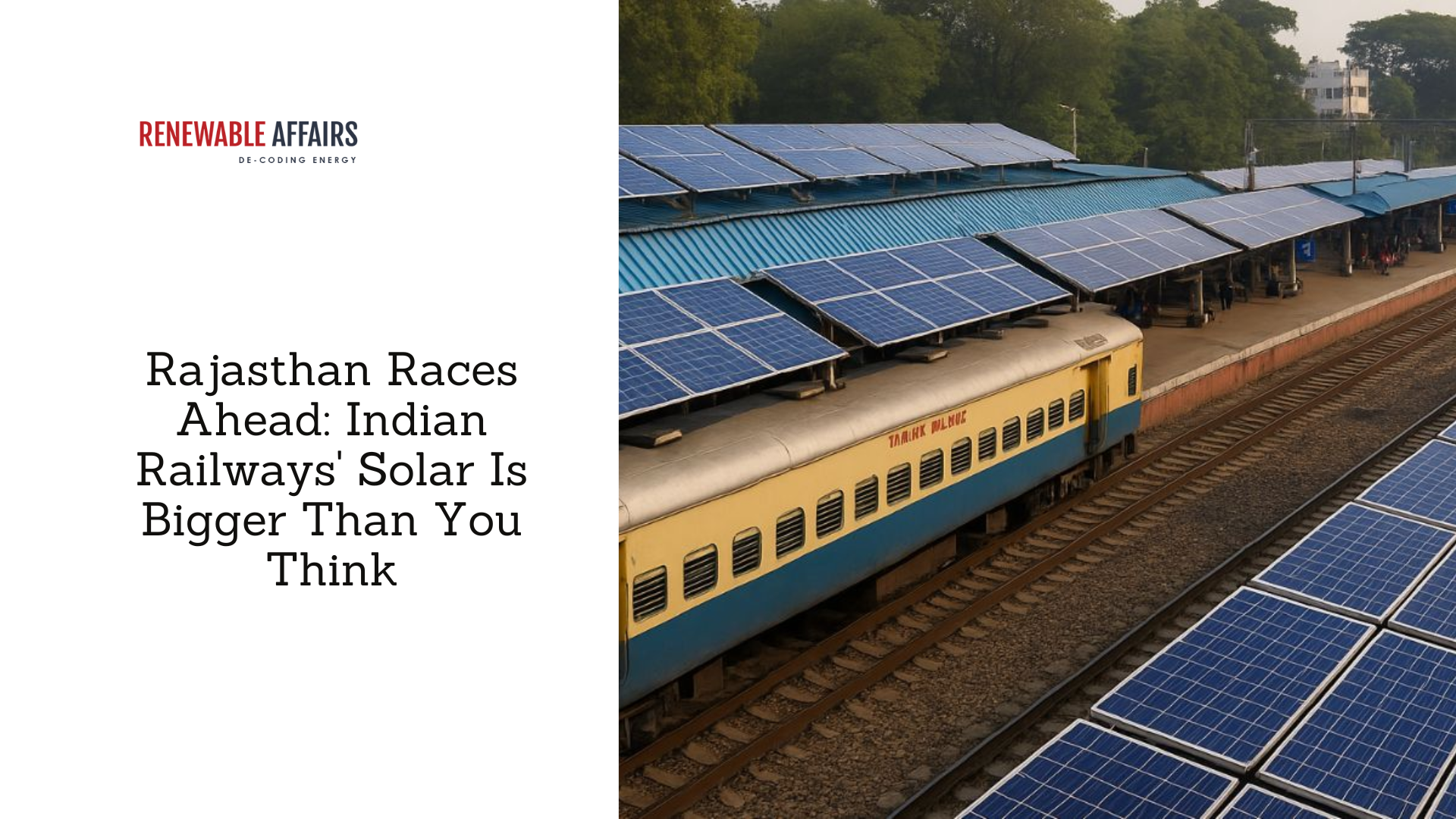


















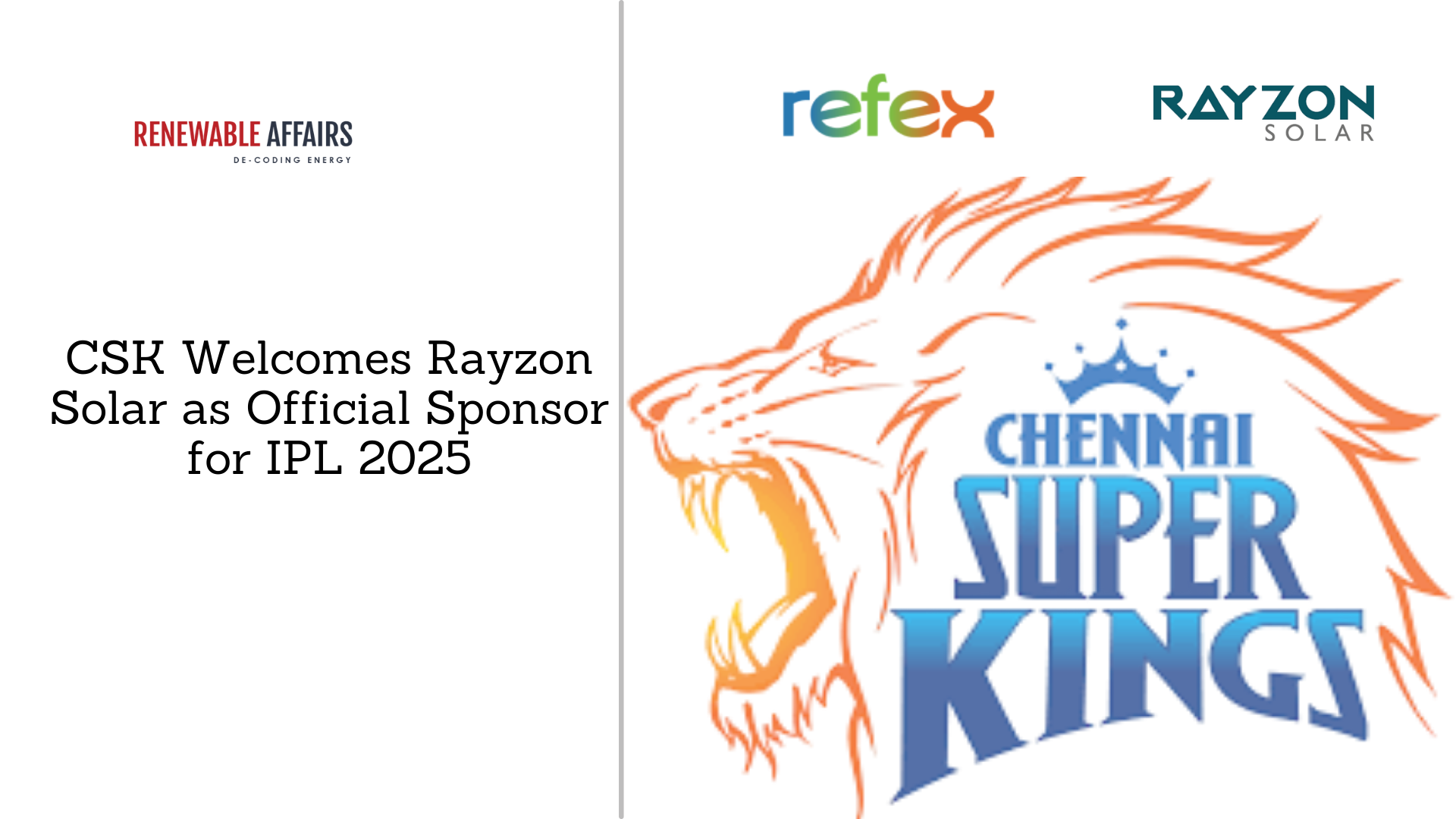









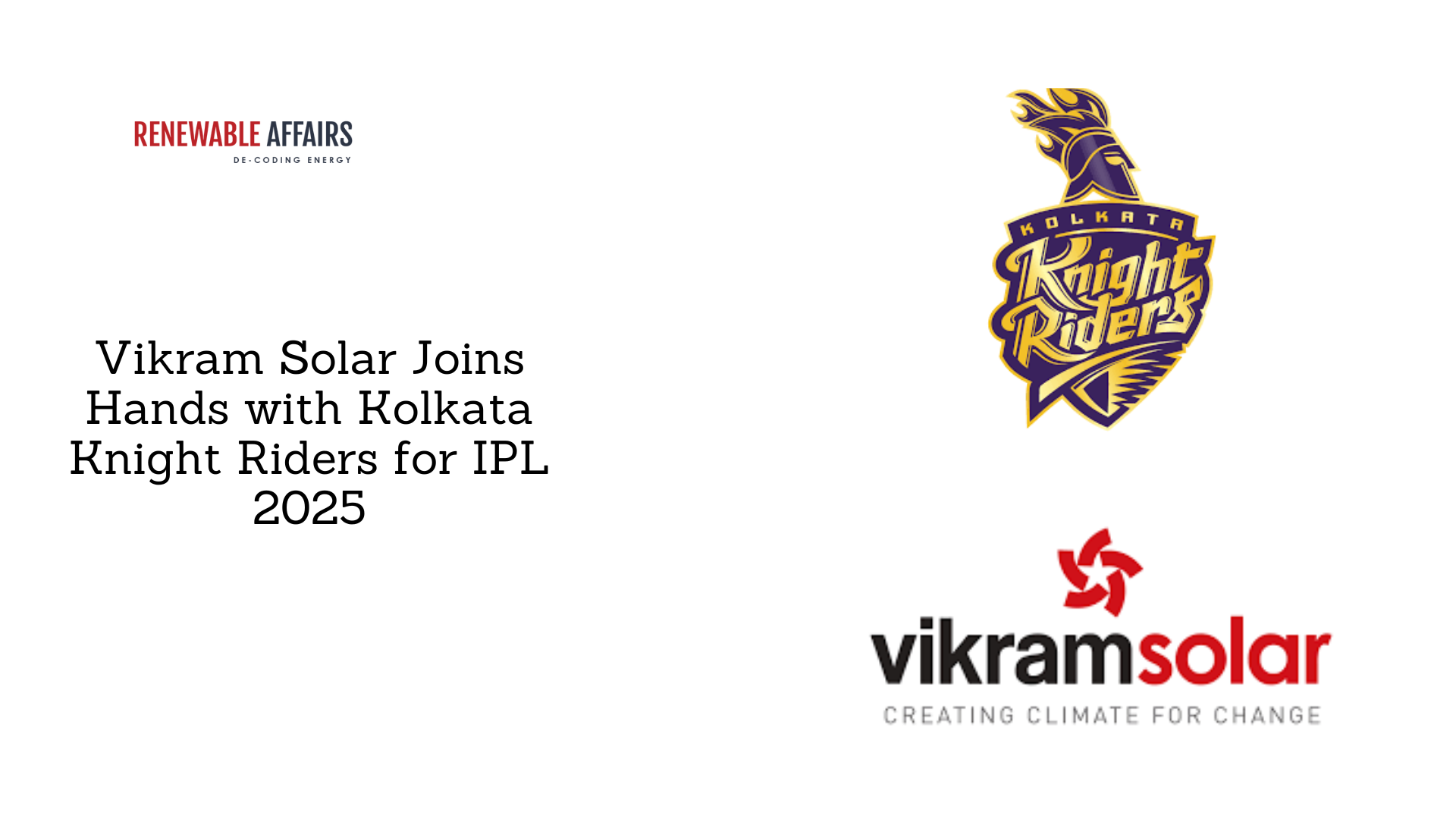















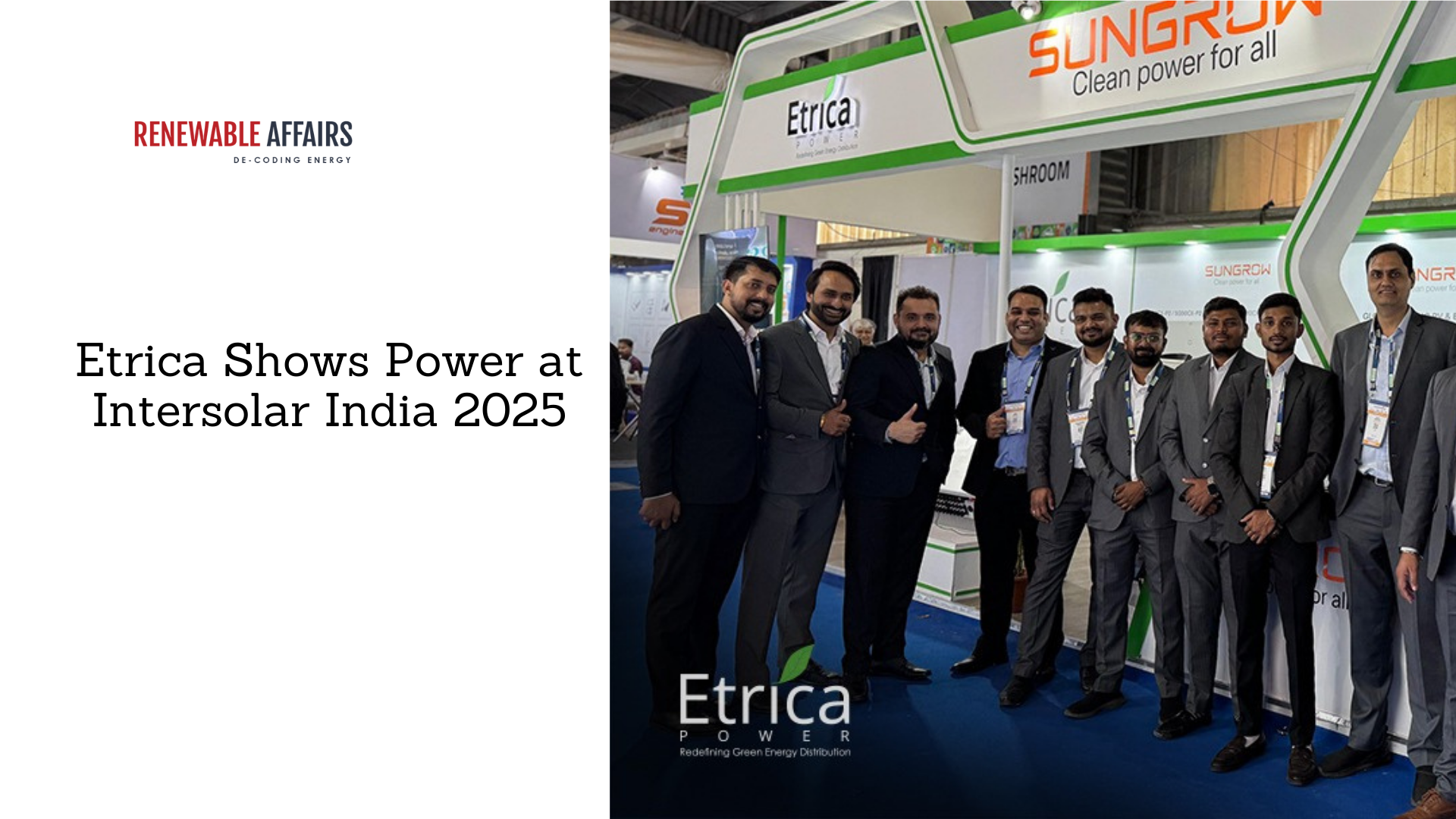














































































































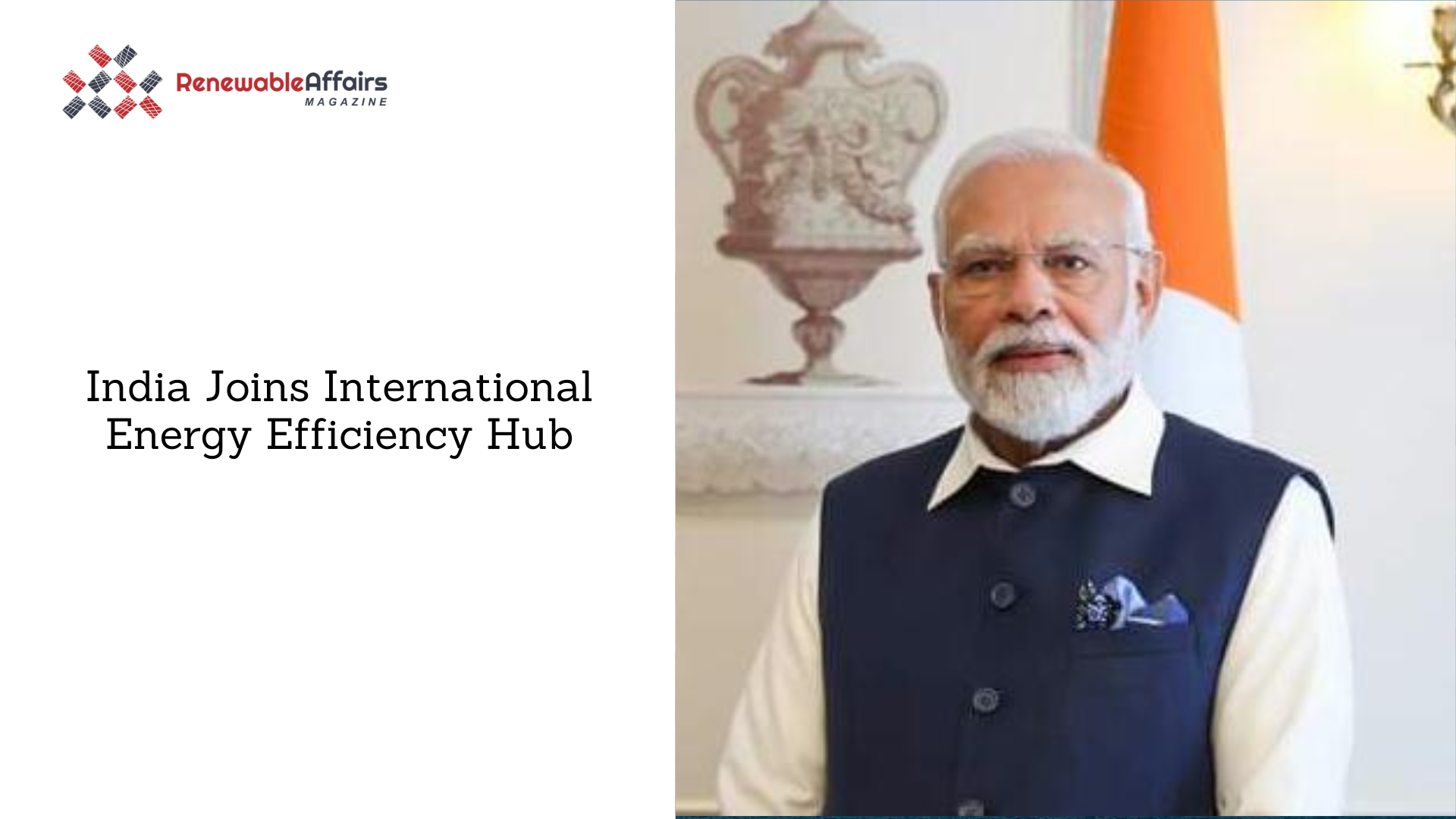








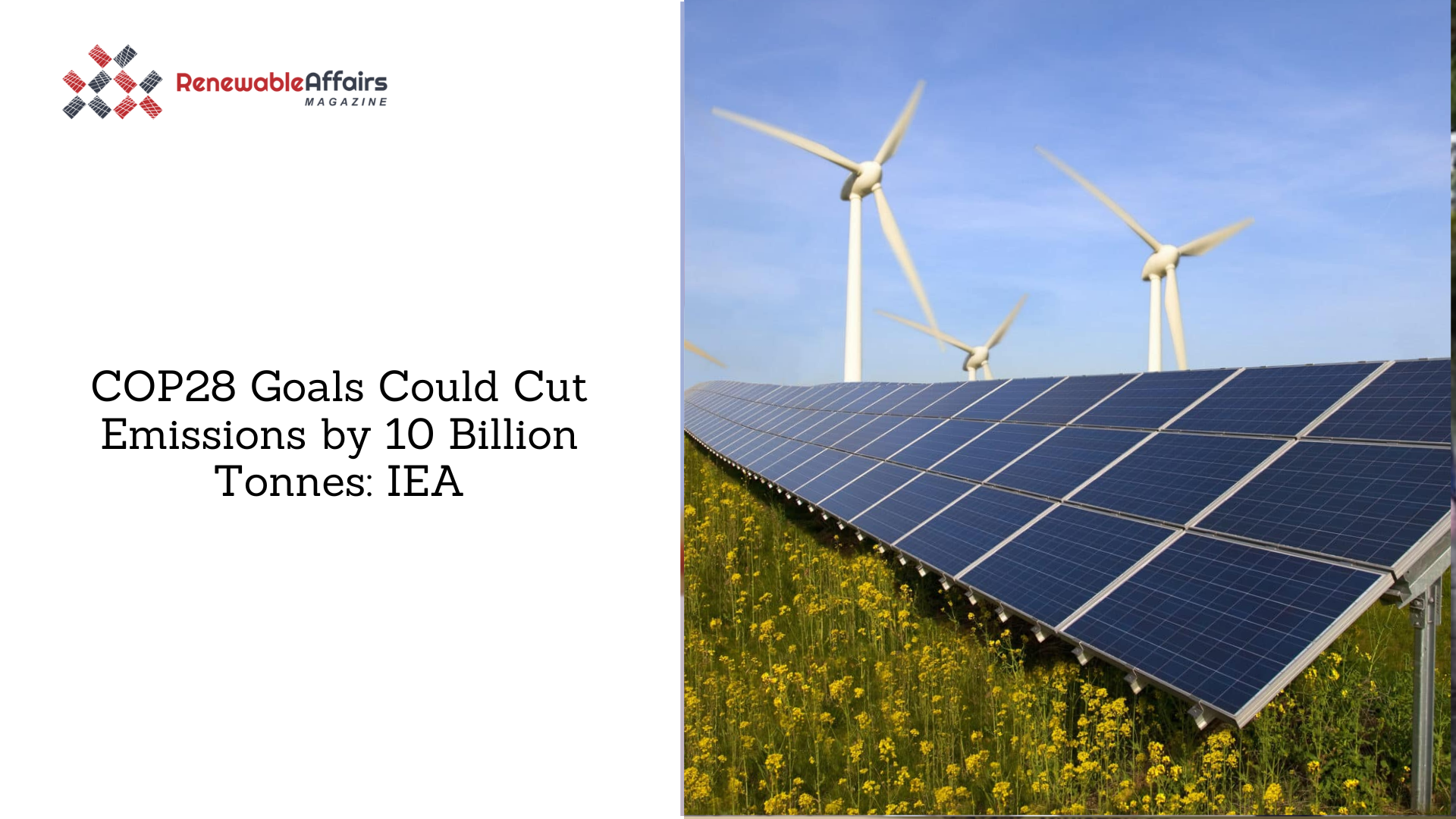























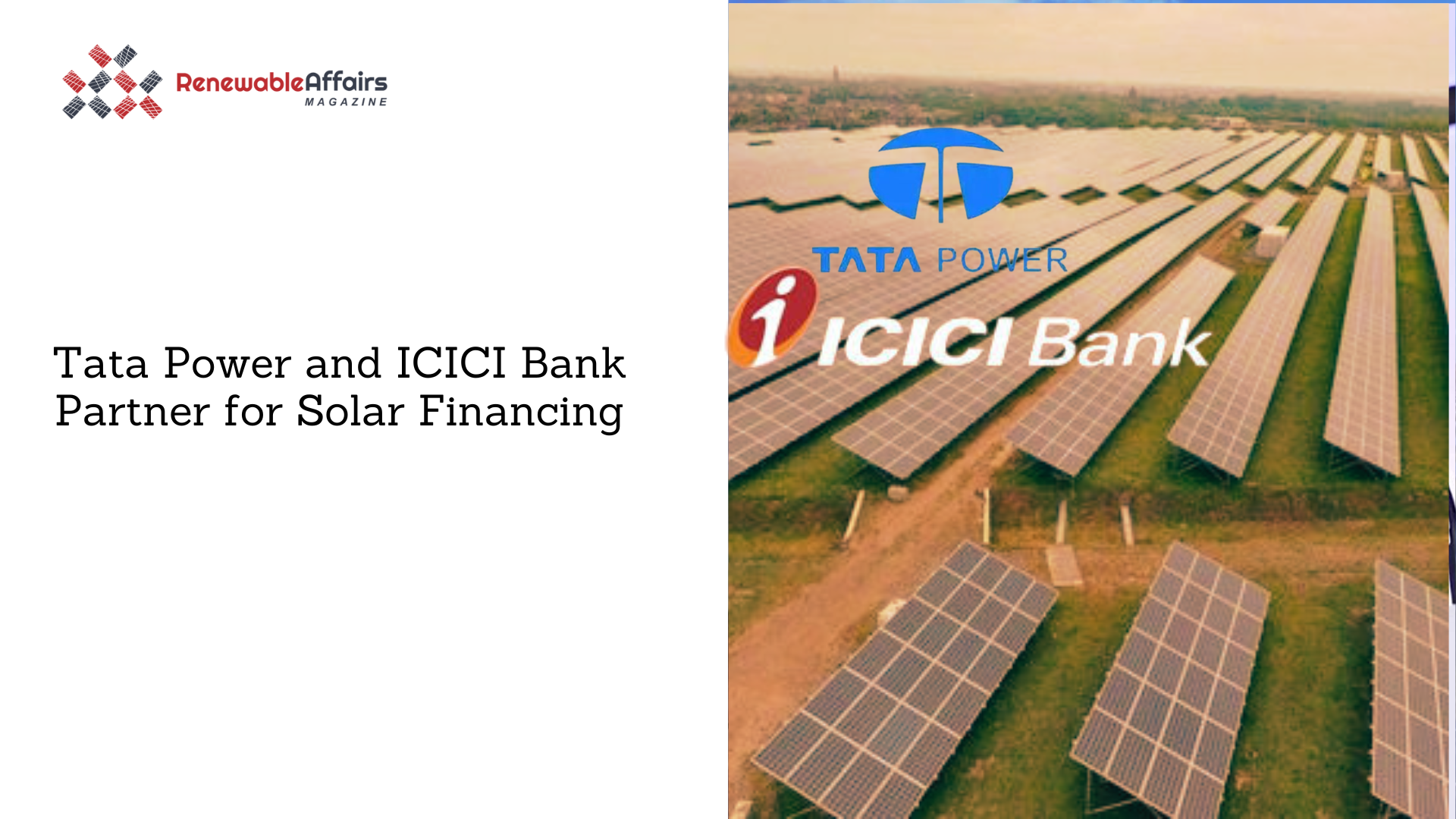



































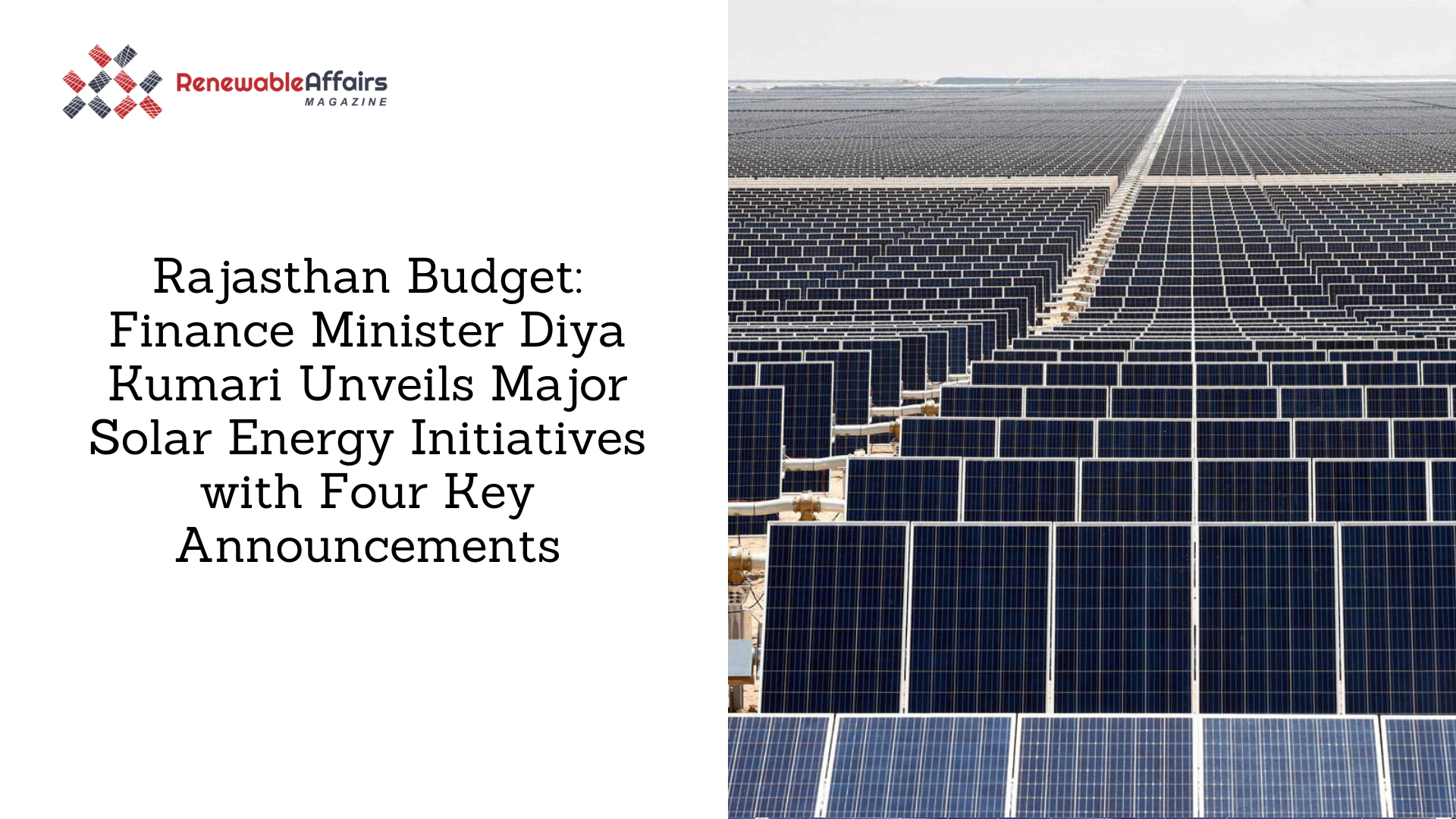
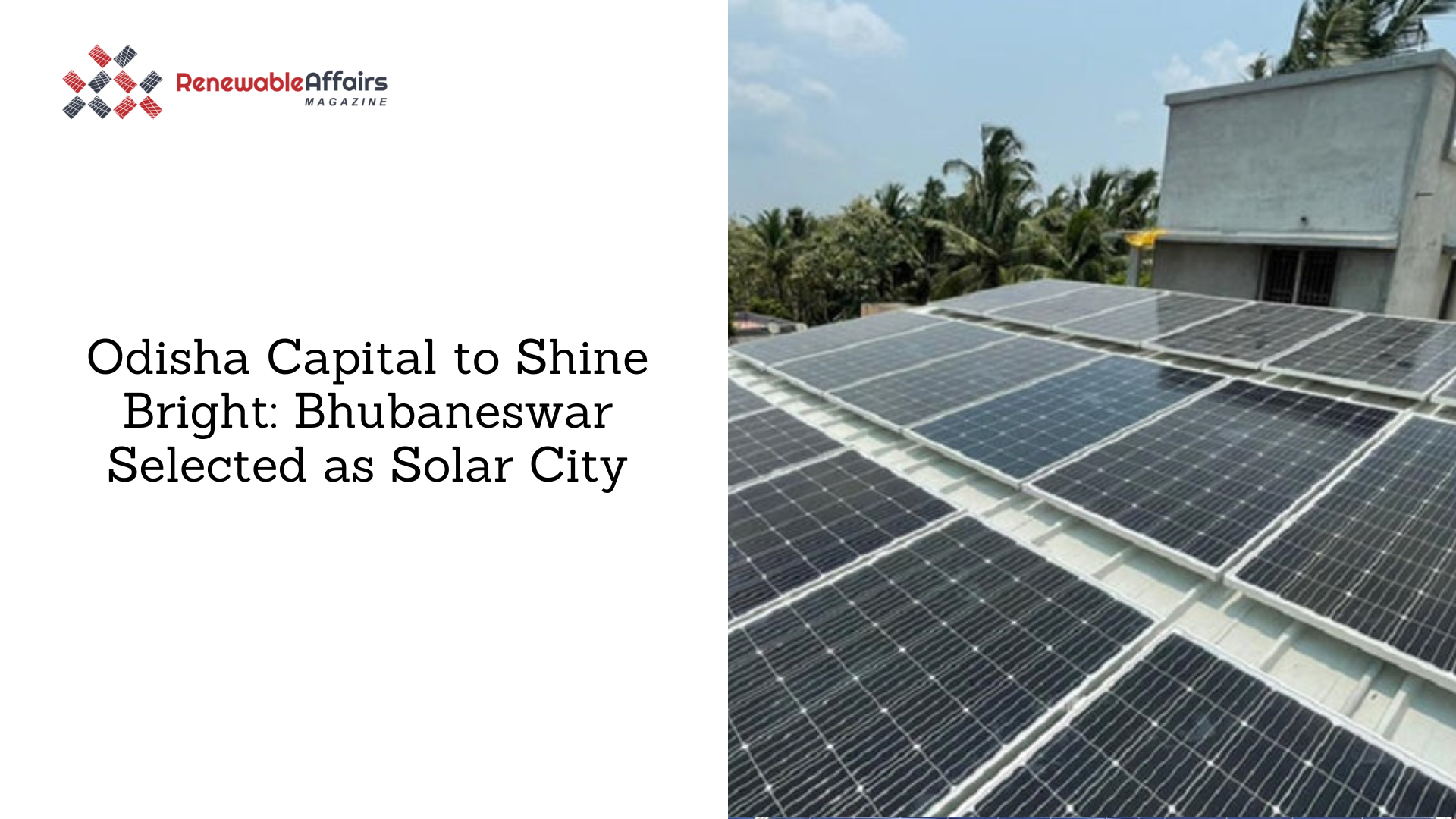

























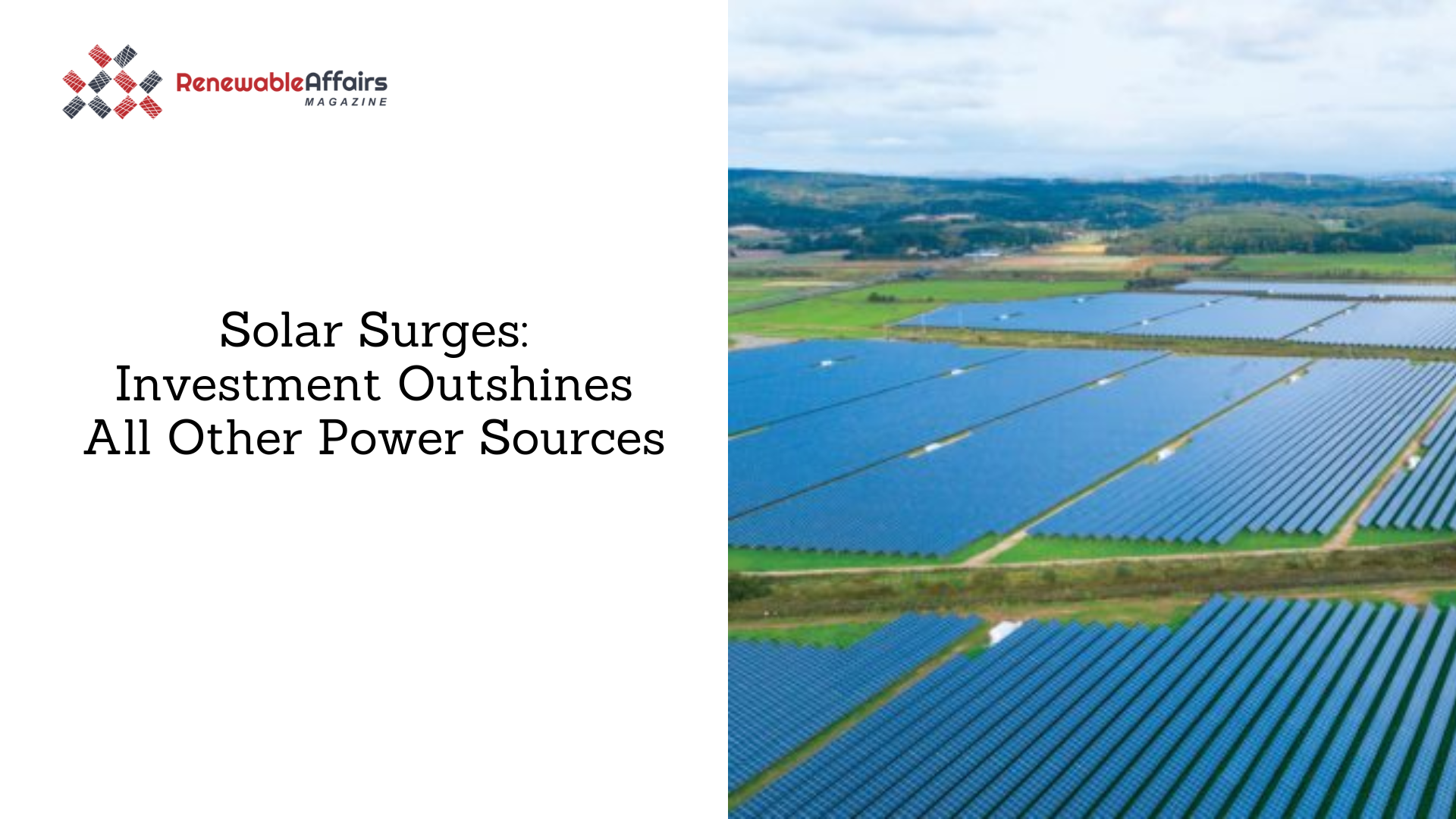



























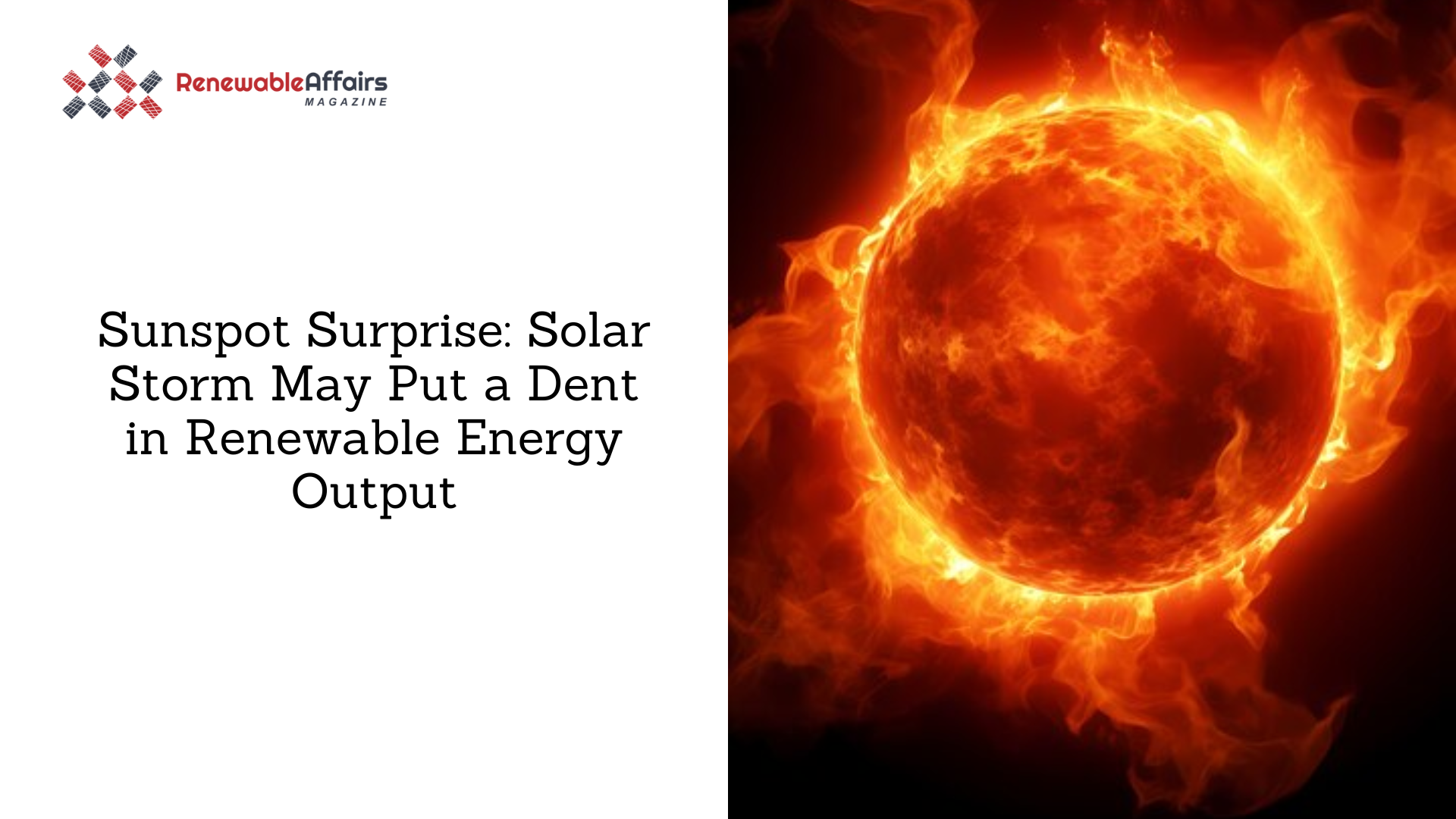

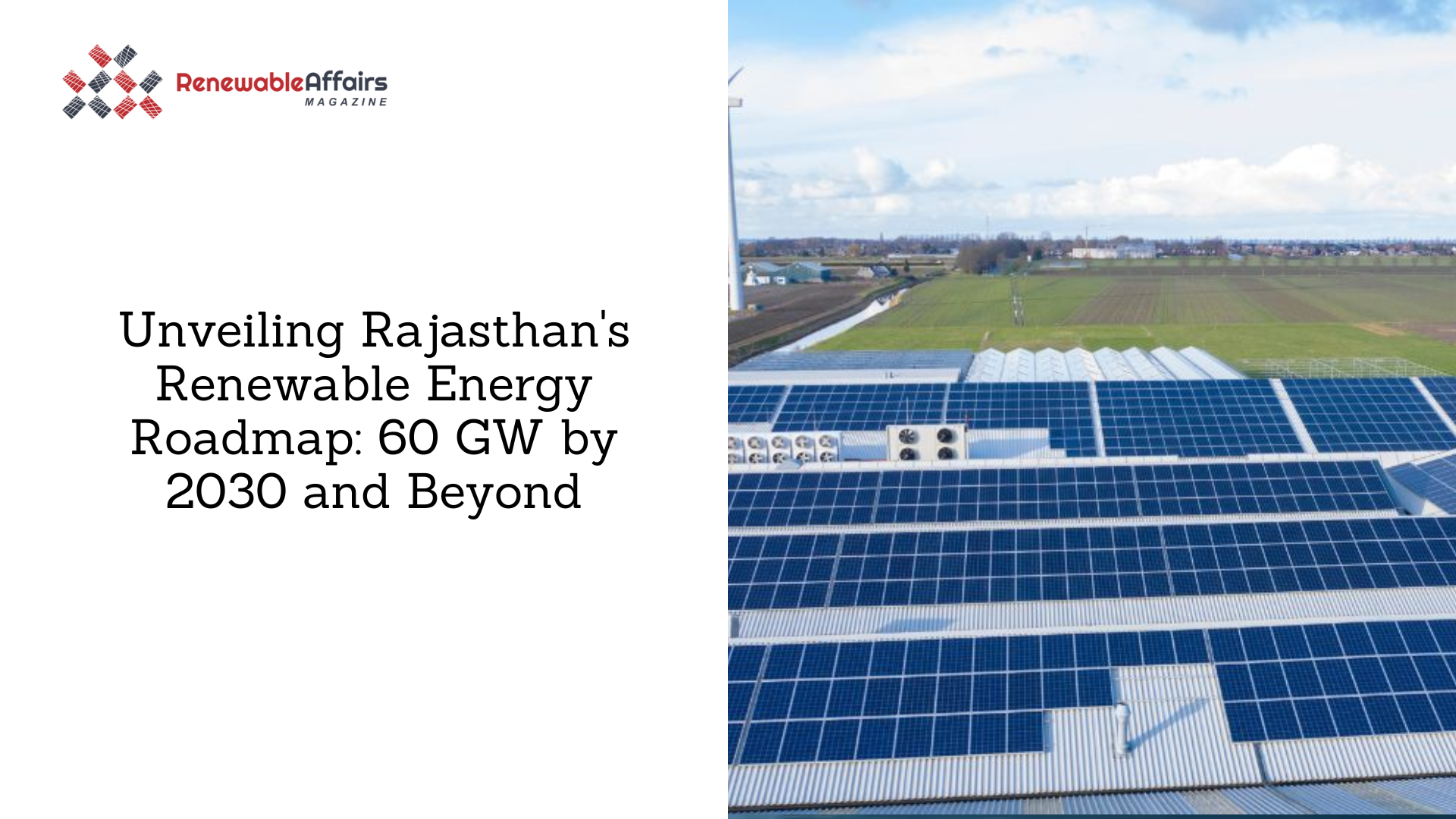








































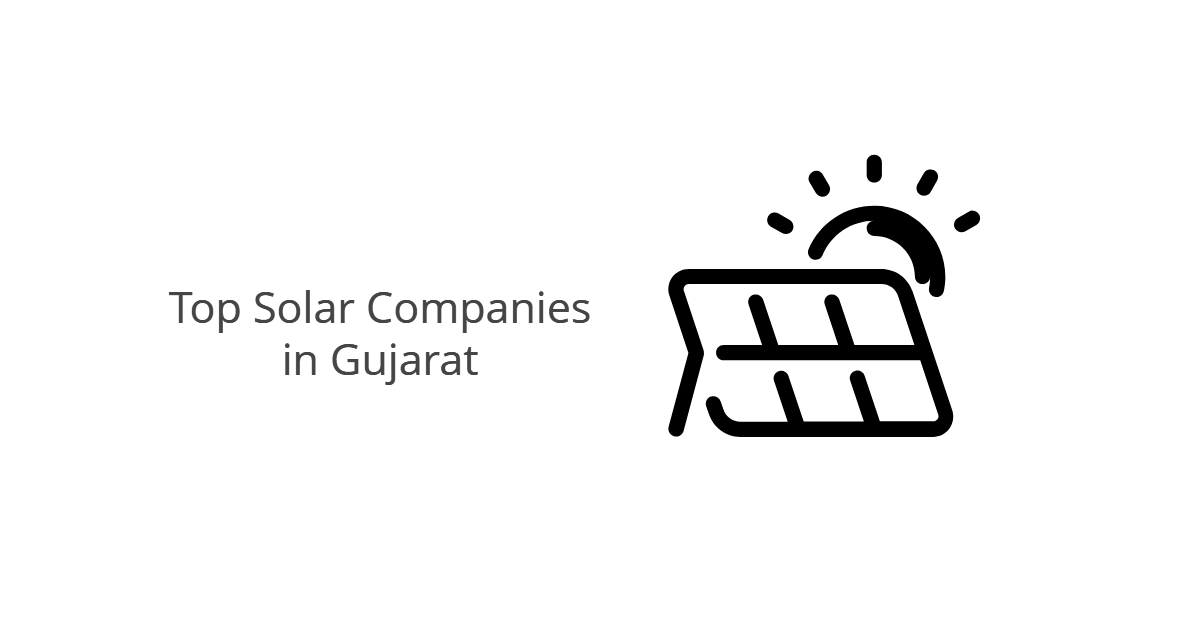






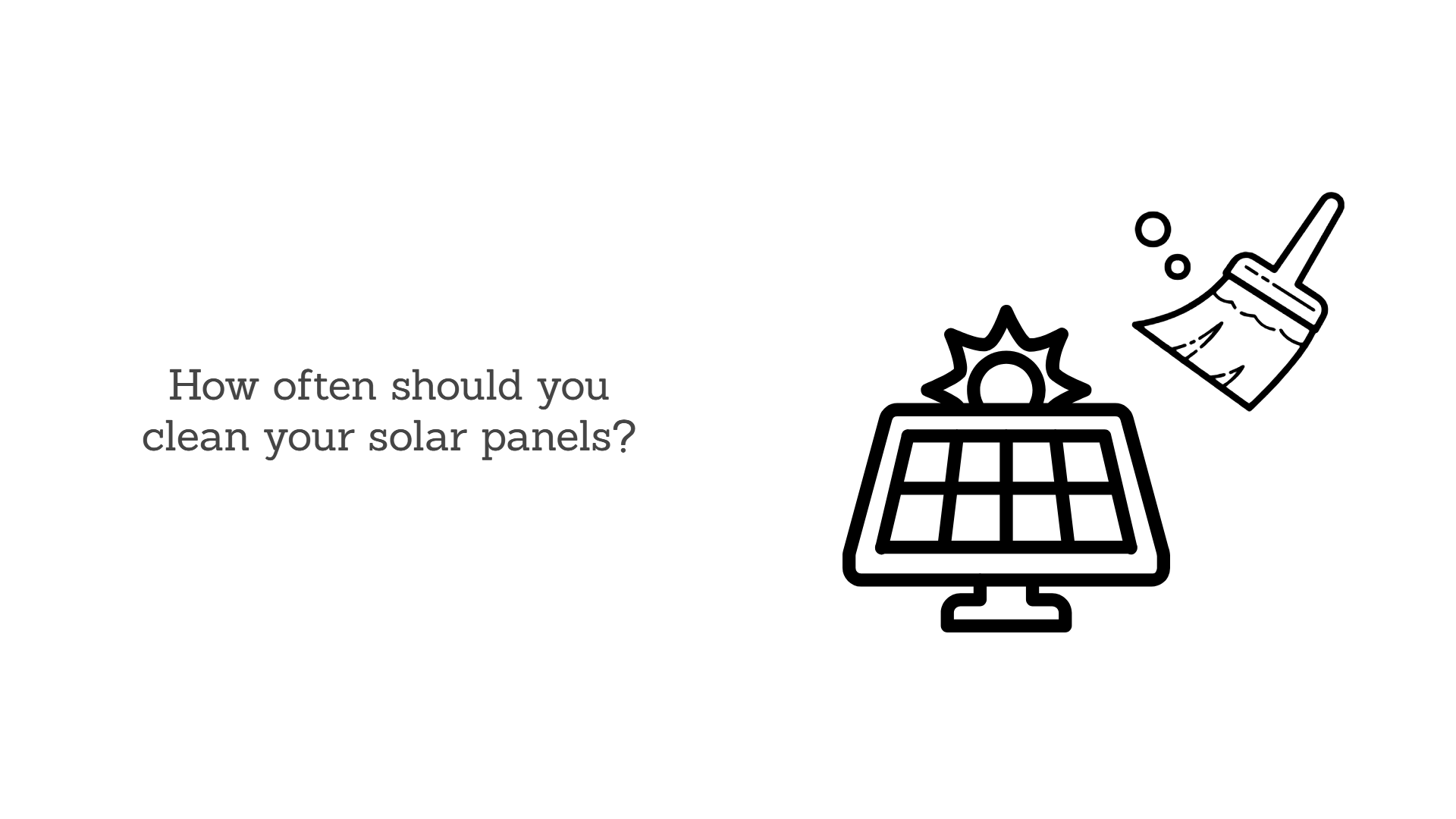











0 Comments